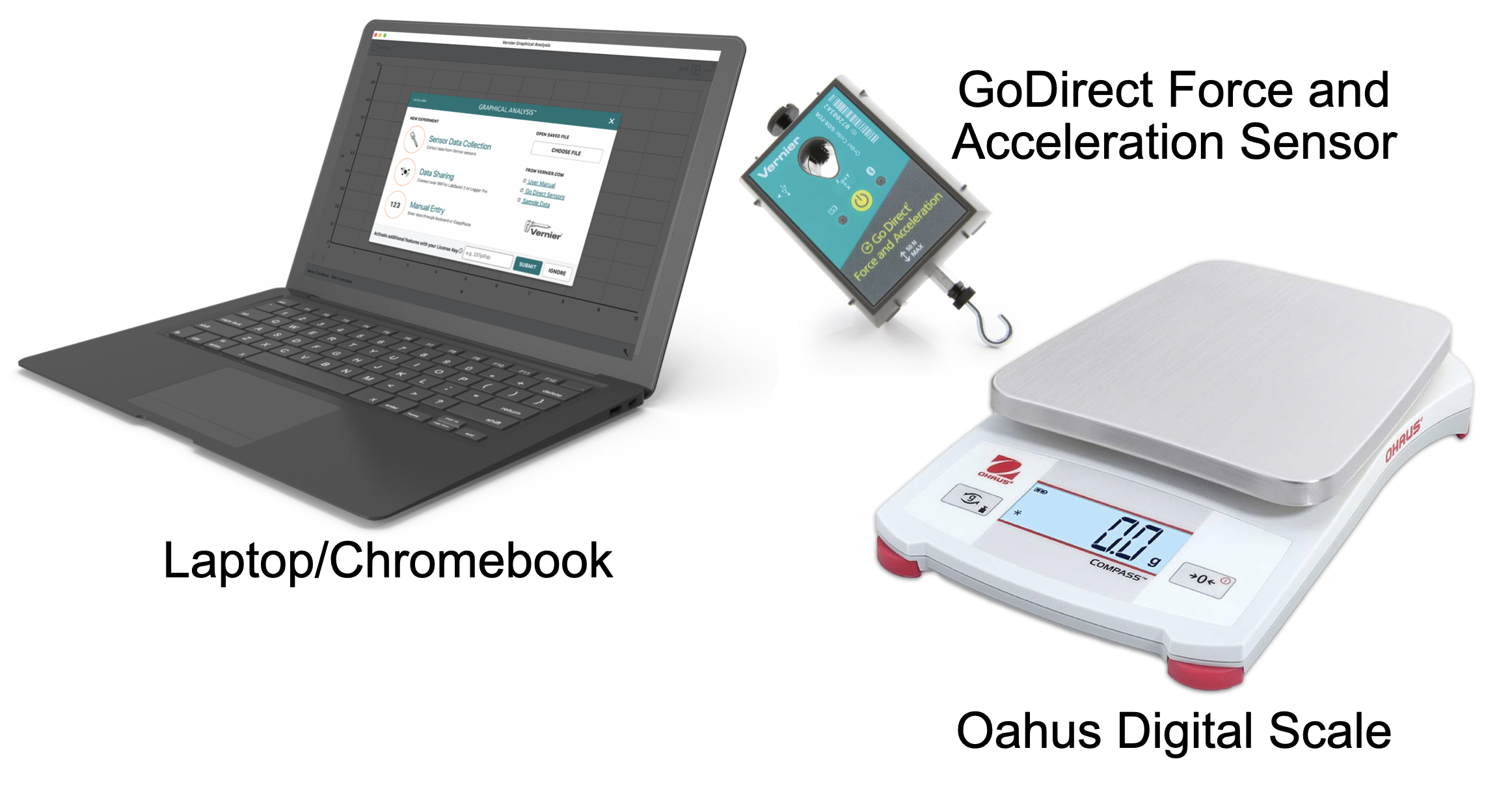Teacher Portal
Friction
CELL Guide
CELL Guide
Friction

LabLearner’s 3-D Approach to Scientific Inquiry
Phase 1 – Defined Understanding
The defined boundaries of this phase provide a framework for engaging parents and identifying students’ current knowledge of the topic(s) being explored.
Phase 2 – Dynamic Understanding
Change, activity, and progress characterize the dynamic phase. Its design will enable you to enhance students’ existing skills, interests, and understanding, as well as meaningfully build new ones.
Phase 3 – Deeper Understanding
By this point, students have moved through powerful and purposeful tasks that had them actively and intentionally construct an understanding of concepts. In this final phase, students will consolidate knowledge and make deeper connections among ideas.
Phase 1 – Defined Understanding
► Questions to Investigate in this CELL
- What is the relationship between speed, velocity, and acceleration?
- How does the frictional force affect motion?
- How does the velocity of an object affect the frictional force between it and the surface with which it comes in contact?
- What is the relationship between weight and frictional force?
- What is the relationship between the surface area of an object in contact with another surface and the frictional force between two surfaces?
- How does the smoothness of the two surfaces in contact affect the frictional force between the two surfaces?
► Parent Newsletter
Encourage parents to connect to their child’s learning by providing them with a framework of the CELL. Use this link to access the Parent Newsletter.
► Baseline Assessment
Assess students’ current knowledge of the topic(s) being explored then set instructional and student learning goals. Use this link to schedule then invite students to take the Pre-test for the CELL.
Phase 2 – Dynamic Understanding
► Introduction and Fun Facts
Enhance your conceptual understanding by reading the student-level research on the topic(s) being explored. Use this link to access the research.
________________________________________
► Links to Investigations
Go directly to the Investigation you are working on by clicking on a link below:
► Investigation 1
► Investigation 2
► Investigation 3
► Investigation 4
► CELL Vocabulary
Investigation 1:
- Force: a push or pull on an object
- Acceleration: the rate an object changes velocity
- Velocity: the rate an object changes its direction
- Applied force: force that is applied to the object from an outside force
Investigation 2:
Note: No new terms are introduced in Investigaton 2.
Investigation 3:
- Frictional force: the force that prevent two objects from easily moving against one another
Investigation 4:
- Coefficient of friction: a number that describes the degree of mechanical and molecular interaction between two surfaces
- Normal reaction force: the force of gravity on that object when pulling an object across the table
- ΣF = ma: the sum of forces are equal to mass multiplied by acceleration
► Access Scoring Rubric
Examine the scoring rubric for this CELL so that you know what your teacher is looking for in terms of performance.
Tips for Success:
Google Classroom
Phase 3 – Deeper Understanding
►Deep Analysis Classroom Discussion
These questions can be used to elicit in-depth discussions based on the lab experience. Teachers may use any or all of these discussion points depending on the time available. All Investigations‘ Deep Analysis questions as well as the Comprehension Check for the entire CELL are found on this link.
► Summative Assessment
Evaluate student learning at the end of the CELL by comparing the Summative Assessment to students’ Baseline Assessments. Use this link to schedule then invite students to take the Post-test for the CELL.

